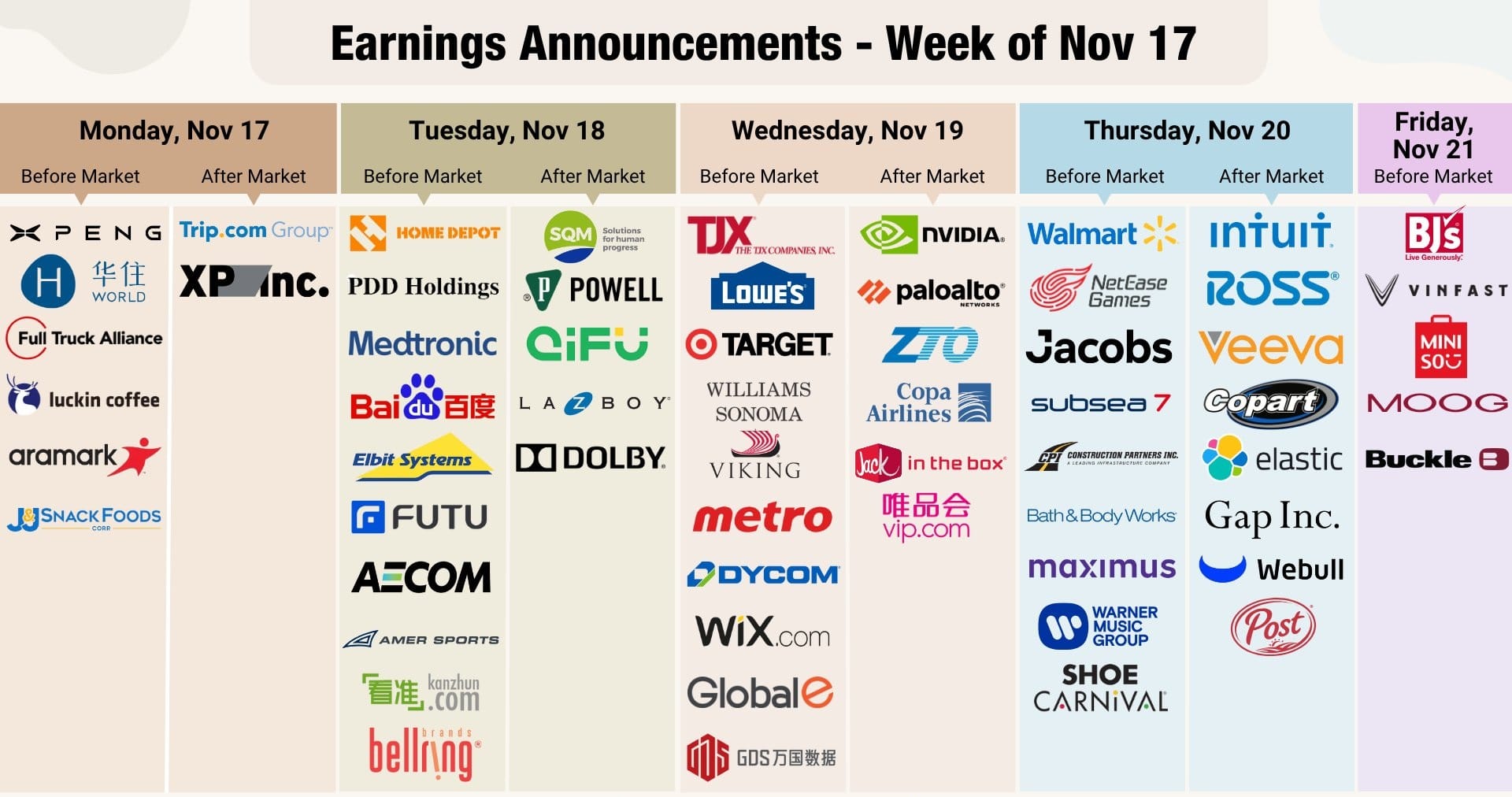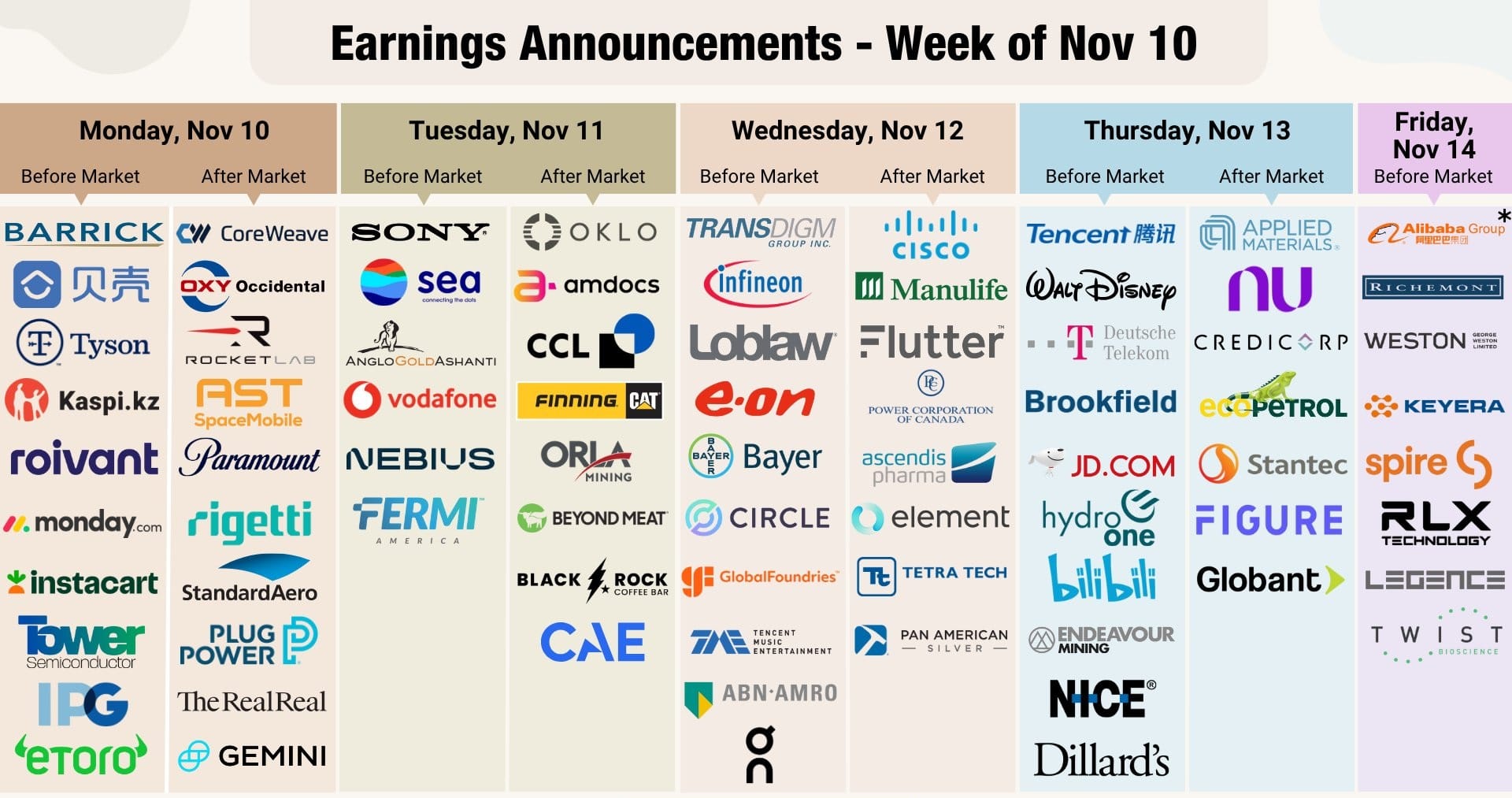Introduction

Market sentiment and monetary policy are the twin engines of modern finance. While economic models often focus on data, numbers rarely move markets on their own. Instead, it is how investors perceive, interpret, and react to those numbers — in combination with central bank decisions — that determines the trajectory of stocks, bonds, currencies, and commodities.
At one end of this spectrum lies market sentiment: the collective mood of investors, swayed by fear, optimism, or uncertainty. At the other end lies monetary policy, where central banks act as stabilizers — raising or cutting interest rates, adjusting liquidity, and signaling the direction of future economic activity.
The interplay between these two forces can create sharp rallies, steep sell-offs, or prolonged periods of stability. A single jobs report, inflation print, or Federal Reserve announcement has the power to swing trillions of dollars in asset values across the globe. For businesses, policymakers, and investors alike, understanding this dynamic is not a luxury — it is a necessity.
This article provides a deep dive into how market sentiment and monetary policy drive financial markets, drawing on recent events, case studies, and forward-looking indicators. From the labor market shock that rattled Wall Street to the Federal Reserve’s looming policy crossroads, from corporate winners and losers to the geopolitical undercurrents shaping trade and investment, this analysis lays out the forces defining today’s financial landscape.
I. Market Sentiment: The Invisible Hand in Finance
Market sentiment is often described as the heartbeat of financial markets. Unlike interest rates or GDP figures, sentiment is intangible — it cannot be measured directly but is reflected in price movements, volatility indexes, and trading volumes. In simple terms, sentiment is how investors feel about the future, and those feelings drive action.
When confidence is high, capital flows into equities, riskier bonds, and growth assets. When pessimism rises, investors seek refuge in government debt, gold, or cash. The same piece of data can trigger different outcomes depending on prevailing sentiment. A weak jobs report, for example, may be interpreted as bullish — signaling potential rate cuts — or bearish, suggesting economic deterioration.
Equities and the Sentiment Cycle
Stock markets are the most visible mirror of investor psychology. They react not only to fundamentals but also to expectations. Consider the recent U.S. jobs report, which showed payrolls rising far below expectations. Initially, equities dipped, as fears of a slowing economy spread. Yet, within days, markets rebounded on speculation that the Federal Reserve might respond with a rate cut.
This tug-of-war — is bad news actually good news? — underscores the cyclical nature of sentiment. At times, investors focus on liquidity and stimulus, bidding up risk assets even in the face of weak fundamentals. At other times, caution dominates, and the same data sparks sell-offs.
For long-term investors, the lesson is clear: sentiment-driven volatility creates both risk and opportunity. Short-term traders may thrive on these swings, but strategic investors must look beyond immediate market mood and anchor decisions in broader trends.
Bonds as a Sentiment Barometer
If equities reflect hope and fear, bonds measure caution and confidence in monetary policy. Treasury yields often fall when investors anticipate rate cuts or seek safety. The August jobs report triggered just such a reaction, with the 10-year yield dropping sharply as money flowed into government securities.
This move reflected not just the data but the interpretation of it: investors concluded that slower job growth meant the Fed would ease policy sooner. In this way, bond markets serve as a forward-looking gauge of sentiment toward economic growth and central bank actions.
Currency Movements and Sentiment Signals
Currencies also carry the imprint of sentiment. The U.S. dollar, for example, tends to strengthen when global investors view the U.S. as a safe haven with higher yields. Conversely, when expectations for Fed cuts rise, the dollar often weakens. After the latest jobs report, the dollar index slid against the euro, yen, and pound as its yield advantage diminished.
These shifts are not just technical fluctuations — they influence global trade, corporate earnings, and investment flows. For multinational companies, a weaker dollar boosts overseas profits when converted back to U.S. currency. For emerging markets, dollar weakness can ease debt burdens denominated in dollars.
Commodities and Contradictions
Commodity markets present another layer of sentiment dynamics. Oil and gold often move in opposite directions during periods of uncertainty. In the wake of weak labor data, oil prices fell on fears of slower demand, while gold surged as investors sought safety.
This divergence illustrates how sentiment fragments across asset classes. While risk-sensitive assets sell off, defensive ones rally. Traders who understand these crosscurrents can hedge exposures or exploit divergences to their advantage.
II. Monetary Policy: Central Banks as Market Anchors
If sentiment reflects the market’s mood, monetary policy provides its rules of engagement. Central banks — led by the U.S. Federal Reserve — use tools such as interest rates, asset purchases, and forward guidance to stabilize inflation and employment. Yet their influence extends far beyond the real economy; they anchor the expectations that drive market sentiment.
The Federal Reserve’s Dilemma
The Federal Reserve is navigating a delicate balancing act. On one hand, slowing job growth raises the risk of economic stagnation, creating pressure to cut rates. On the other, inflation, though cooler than last year’s peak, remains above the Fed’s 2% target.
Cutting too soon could reignite price pressures or fuel asset bubbles. Waiting too long risks deepening a slowdown and undermining labor markets. This “policy lag” challenge means Fed decisions often hinge on interpreting not just current data, but also how sentiment and expectations may evolve.
Markets frequently trade ahead of the Fed. Futures contracts, Treasury yields, and equity indexes often price in policy moves before they happen, forcing central banks to manage both economic conditions and investor psychology.
Global Central Banks in Sync
The Federal Reserve is not alone. The Bank of Canada, facing its own rising unemployment rate, has seen bets for rate cuts surge. In Latin America, Chile and Peru are weighing their own easing cycles amid fragile growth and persistent inflationary pressures.
This synchronized shift toward dovish policy reflects the interconnectedness of the global economy. A move by the Fed often ripples across emerging markets, influencing capital flows, exchange rates, and debt servicing costs. Investors must therefore view monetary policy not as a series of isolated national decisions but as a web of interdependent strategies.
The Risks of Overreaction
While monetary policy can stabilize markets, it can also distort them. The so-called “Fed Put” — the belief that central banks will always intervene to prevent sharp declines — encourages risk-taking. Cheap money can inflate asset prices beyond fundamentals, setting the stage for painful corrections when policy eventually tightens.
For investors, this creates a paradox: the very policies designed to maintain stability can generate instability over the long term. A disciplined approach requires recognizing that central banks are not omnipotent and that sentiment can swing sharply when policy credibility is questioned.
III. Corporate Case Studies: Sentiment Meets Strategy
Corporate earnings and strategic pivots often serve as real-time laboratories for the interaction of sentiment and policy. The past quarter has produced vivid examples across sectors.
AI and Market Optimism
Broadcom’s announcement of a $10 billion AI chip order from a major customer sent its stock soaring. Investors, already bullish on artificial intelligence, interpreted the deal as validation of the sector’s growth potential.
This optimism stands in contrast to broader economic concerns. Even as labor markets weaken, investors are willing to pay premiums for companies driving technological revolutions. Here, sentiment diverges: cautious on consumer-driven sectors, exuberant on AI.
Retail Struggles and Consumer Sentiment
Not all corporate stories inspire confidence. Lululemon’s profit warning, tied to slowing demand and rising tariffs, triggered a sharp sell-off. The company’s struggles highlight the sensitivity of discretionary spending to both consumer confidence and trade policy.
Conversely, Levi Strauss managed to raise prices without losing customers, underscoring the resilience of higher-income shoppers. These contrasting outcomes reveal a bifurcated consumer landscape — a theme investors must track closely as sentiment fragments across income groups.

Regulation and Risk Premiums
Beyond sales and margins, regulatory headlines also sway markets. Anthropic’s $1.5 billion copyright settlement signaled both risk and resolution for the AI industry. Google’s $3.45 billion EU fine, meanwhile, reinforced investor caution about regulatory overhang in big tech.
In both cases, sentiment adjusted quickly. Investors rewarded clarity — even costly settlements — but penalized ongoing uncertainty. The message is clear: markets fear the unknown more than bad news with a price tag.
IV. Geopolitical and Policy Undercurrents
Monetary policy does not operate in isolation. Trade disputes, immigration policies, and military strategies also filter into market sentiment, often in unpredictable ways.
U.S.–Canada–China Trade Dynamics
Canada’s rising unemployment has been compounded by U.S. tariffs and Chinese investigations into Canadian exports. Each policy move triggers not just economic adjustments but also shifts in investor expectations about growth, supply chains, and cross-border capital flows.
The prolonged disputes show how protectionism generates ripple effects: dampened business confidence, higher input costs, and realignment of trade routes. For investors, these dynamics underscore the importance of monitoring not only economic indicators but also political negotiations.
Immigration Policy Meets Labor Supply
When U.S. authorities raided a Hyundai battery facility in Georgia, halting its construction, the event underscored how immigration enforcement can intersect with industrial policy. Investors reacted not only to the immediate disruption but also to broader concerns about labor availability in critical industries.
This type of headline illustrates how sentiment can shift quickly when policy clashes with economic priorities. The lesson: investors must evaluate both economic fundamentals and the political climate that shapes them.
Arms Sales and Strategic Shifts
The U.S. decision to reinterpret treaty rules and expand drone exports reflects another axis of geopolitics meeting markets. Defense contractors stand to gain, but the broader impact extends to regional security and foreign policy.
Investors in defense stocks may see short-term gains, but global markets may also price in higher geopolitical risk. Once again, sentiment adapts not only to balance sheets but also to shifting political landscapes.
V. Key Data Ahead: The Investor’s Roadmap
Market sentiment and monetary policy are forward-looking. As such, upcoming data releases and events play an outsized role in shaping expectations.
Inflation Reports and Market Expectations
The Consumer Price Index (CPI) and Producer Price Index (PPI) remain the most closely watched indicators. A hotter-than-expected CPI could dampen hopes for aggressive rate cuts, while a softer print might solidify dovish bets.
Markets don’t just react to the numbers; they interpret them in light of central bank credibility. If inflation remains sticky, sentiment may turn cautious despite official reassurances.
Consumer Confidence Indicators
The University of Michigan’s sentiment index provides a real-time snapshot of household expectations. These expectations influence spending behavior, corporate earnings, and ultimately, GDP growth. Investors track these indicators because they shape not just consumer actions but also the Fed’s policy calculus.
Corporate Earnings as a Sentiment Test
Beyond macro data, corporate reports from Adobe, Kroger, and Apple will provide sector-specific signals. Strong results in software or groceries may bolster confidence in resilience, while weakness in high-end electronics could temper optimism.
Each earnings season effectively serves as a referendum on sentiment: are investors willing to reward growth stories, or are they bracing for recessionary headwinds?
VI. Navigating Risks: Strategy for Investors

For investors, the convergence of sentiment and policy creates both peril and opportunity. Markets are hypersensitive to headlines, yet long-term strategies must rise above short-term noise.
A prudent approach includes:
- Diversification across asset classes: Balancing equities with bonds, commodities, and cash to manage volatility.
- Sectoral focus on resilience: Allocating toward industries like AI and premium consumer brands that show structural strength.
- Awareness of policy cycles: Tracking central bank communications and geopolitical developments as closely as financial statements.
Above all, discipline matters. Chasing momentum can be profitable, but it also exposes investors to sentiment reversals. Anchoring decisions in fundamentals — while respecting the influence of psychology and policy — offers the best path through uncertainty.
Conclusion
Market sentiment and monetary policy are not parallel forces — they are interwoven. Investor psychology shapes expectations of policy, while policy signals reshape investor psychology. Together, they form a feedback loop that drives financial markets.
The August jobs report highlighted how quickly sentiment can shift, and how central banks must respond not only to data but also to perception. Corporate case studies revealed a split between sectors lifted by optimism and those weighed down by caution. Geopolitical undercurrents added further complexity, proving that markets move as much on politics as on profits.
For investors, the challenge — and the opportunity — lies in reading these crosscurrents. Sentiment is volatile, policy is imperfect, and uncertainty is unavoidable. Yet with a clear framework, disciplined strategy, and awareness of the forces at play, investors can navigate volatility and position themselves for sustainable success.












